Pakistani Food is a vibrant tapestry of flavors, spices, and culinary traditions, offering a rich and diverse gastronomic experience. FOODS.EDU.VN invites you to embark on a delectable journey through the heart of Pakistani cuisine, exploring its iconic dishes and regional specialties. Discover how FOODS.EDU.VN simplifies the search for trusted recipes and culinary knowledge, providing a solution for anyone eager to explore Pakistani gastronomy. Uncover the secrets behind Pakistani spices, cooking techniques, and regional variations that make this cuisine a true delight.
1. Understanding Pakistani Food: A Symphony of Flavors
Pakistani food is more than just a meal; it’s a cultural experience that reflects the country’s rich history and diverse influences. From the aromatic curries of Punjab to the savory kebabs of Khyber Pakhtunkhwa, each dish tells a story.
1.1. Key Ingredients in Pakistani Cuisine
The foundation of Pakistani food lies in its use of fresh, high-quality ingredients and an array of aromatic spices.
- Spices: A blend of spices such as cumin, coriander, turmeric, cardamom, and garam masala are essential to Pakistani cooking, providing depth and complexity to each dish. These spices not only enhance the flavor but also offer numerous health benefits.
- Meat: Meat, particularly lamb, chicken, and beef, is a staple in many Pakistani dishes. Whether grilled, stewed, or minced, meat dishes are a central part of celebratory meals and everyday dining.
- Rice: Rice is a fundamental part of Pakistani cuisine, with varieties like basmati being preferred for its long grain and aromatic qualities. Rice is used in dishes like biryani, pulao, and as an accompaniment to curries.
- Legumes: Lentils and chickpeas are widely used in Pakistani cuisine, providing a hearty and nutritious base for many vegetarian dishes. These legumes are often cooked with spices to create flavorful dals and curries.
- Dairy: Dairy products such as yogurt, milk, and ghee (clarified butter) are integral to Pakistani cooking. Yogurt is used in marinades, sauces, and as a cooling side dish, while ghee adds richness and flavor to various dishes.
1.2. Regional Variations in Pakistani Cuisine
Pakistan’s diverse regions contribute unique flavors and cooking styles to its culinary landscape.
| Region | Signature Dishes | Key Characteristics |
|---|---|---|
| Punjab | Sarson ka Saag, Makki di Roti, Chicken Karahi, Lassi | Rich, buttery flavors; use of dairy and wheat; emphasis on tandoor cooking. |
| Sindh | Biryani, Sindhi Curry, Sai Bhaji | Spicy, seafood-influenced; use of rice and lentils; vibrant and tangy flavors. |
| Khyber Pakhtunkhwa | Chapli Kebab, Peshawari Karahi, Kabuli Pulao, Sajji | Meat-centric, grilled and roasted dishes; use of dry fruits and nuts; simple spices. |
| Balochistan | Kaak, Dumpukht, Sajji | Nomadic influences, slow-cooked meats; use of minimal spices to highlight meat flavor. |
| Gilgit-Baltistan | Mamtu, Gyal, Balay (Noodle Soup) | Central Asian influences, hearty stews and dumplings; use of wheat and local grains. |
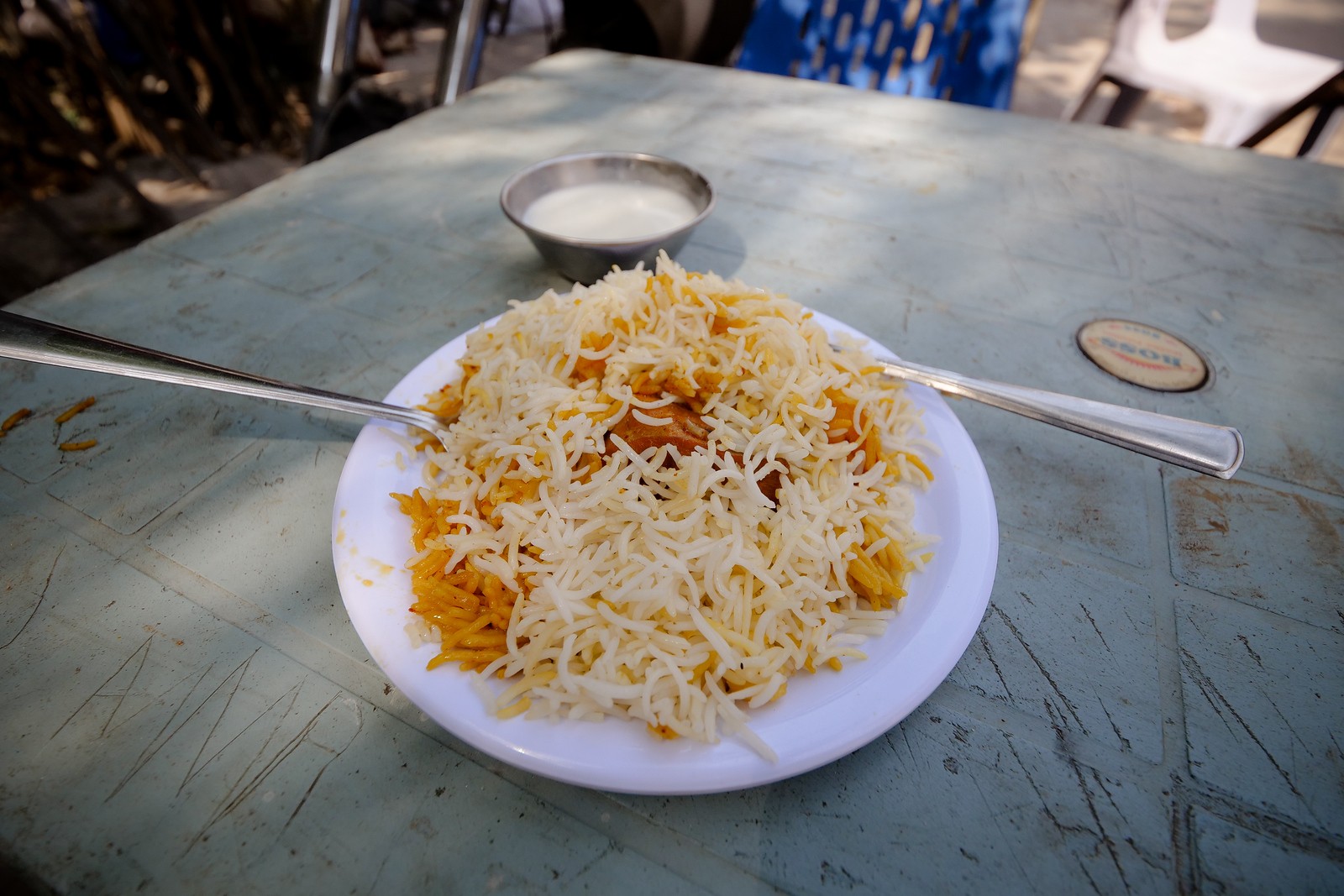
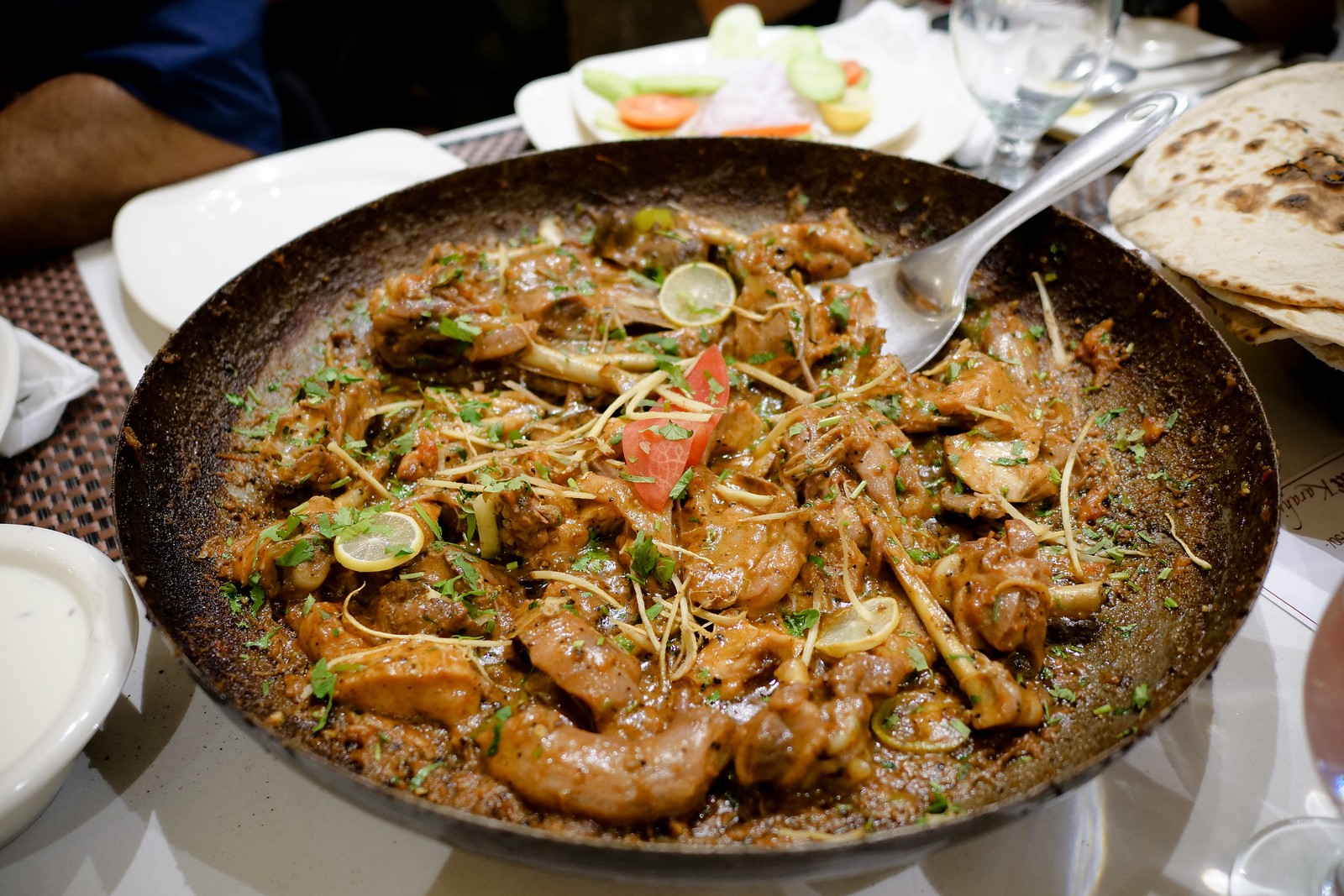
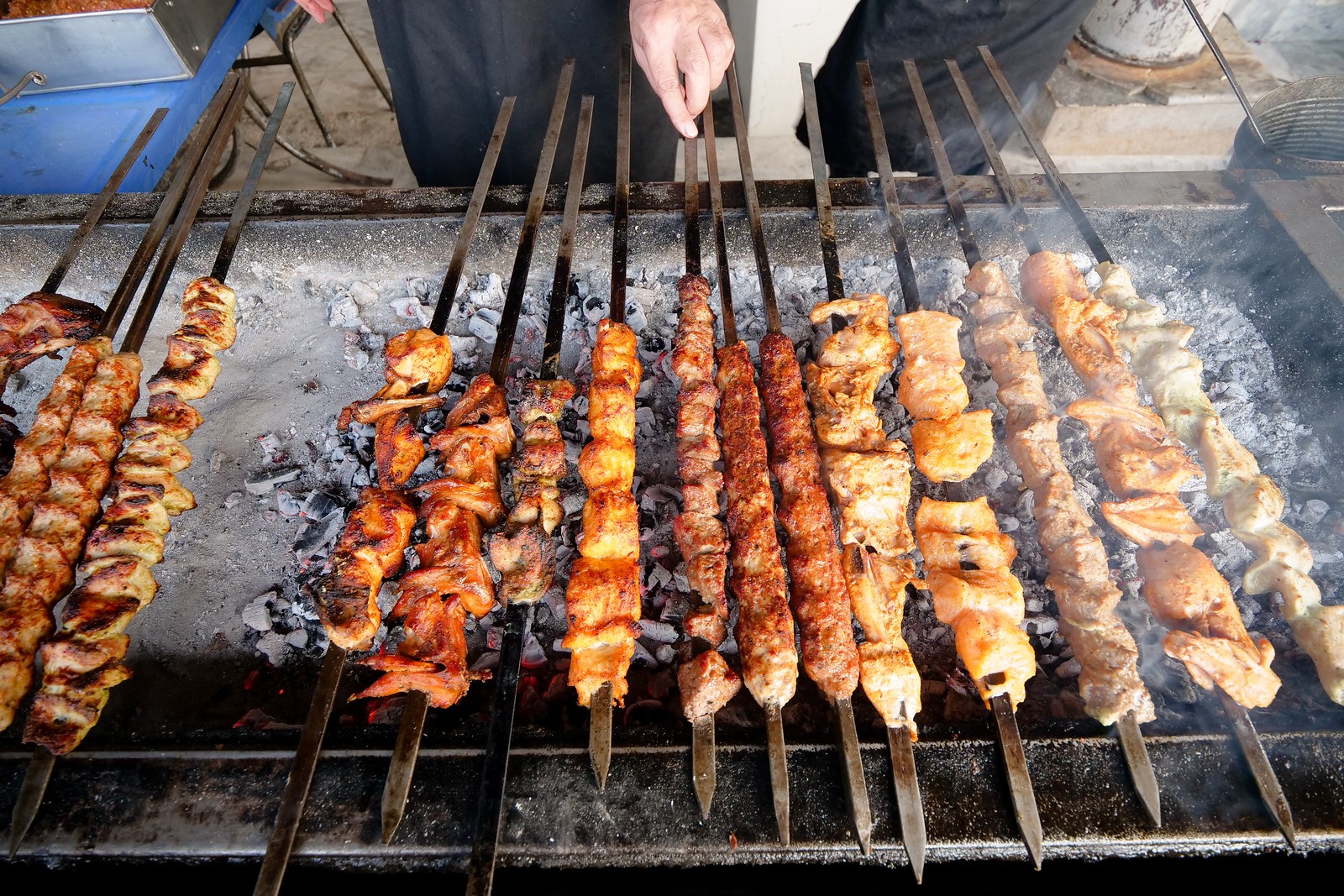
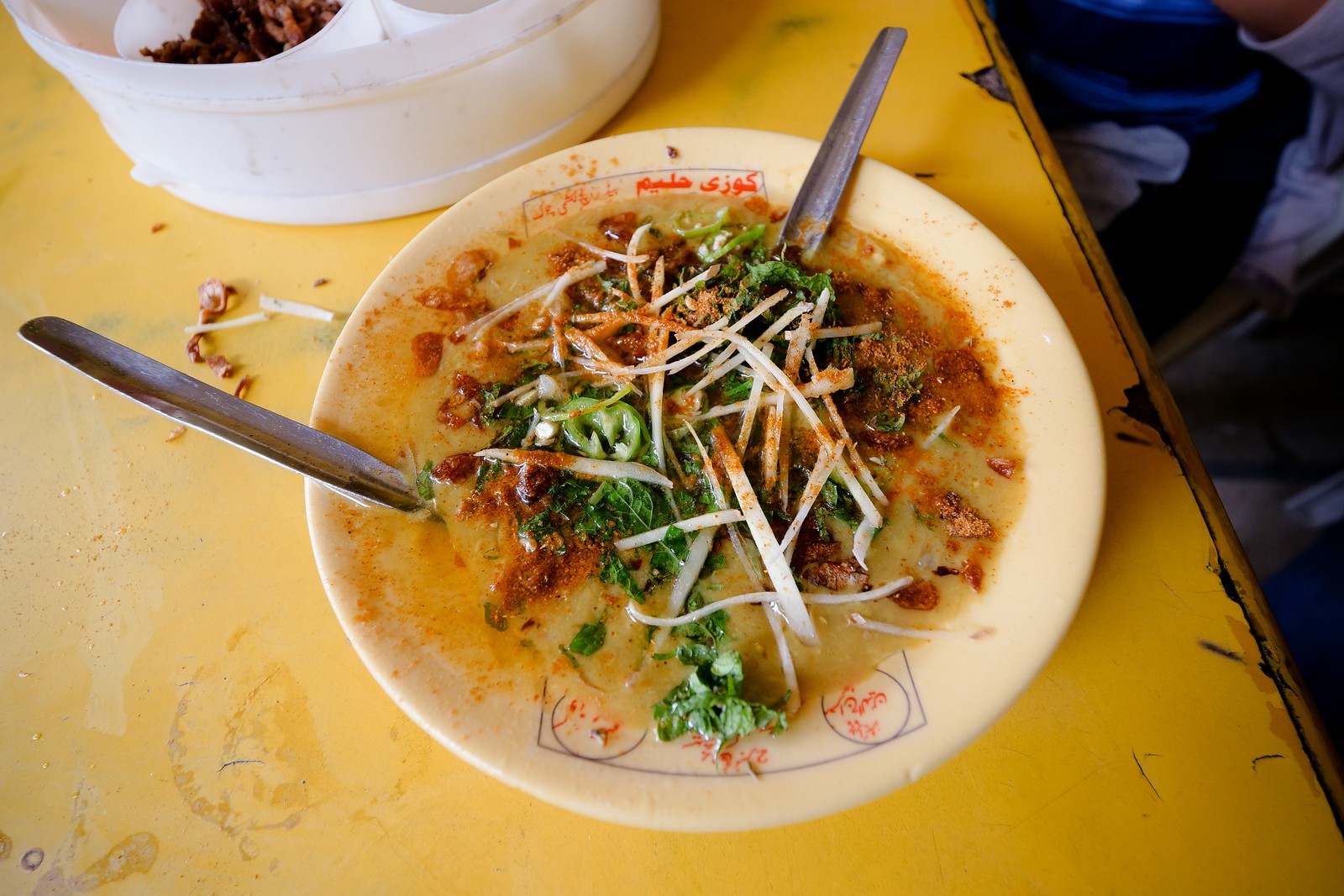
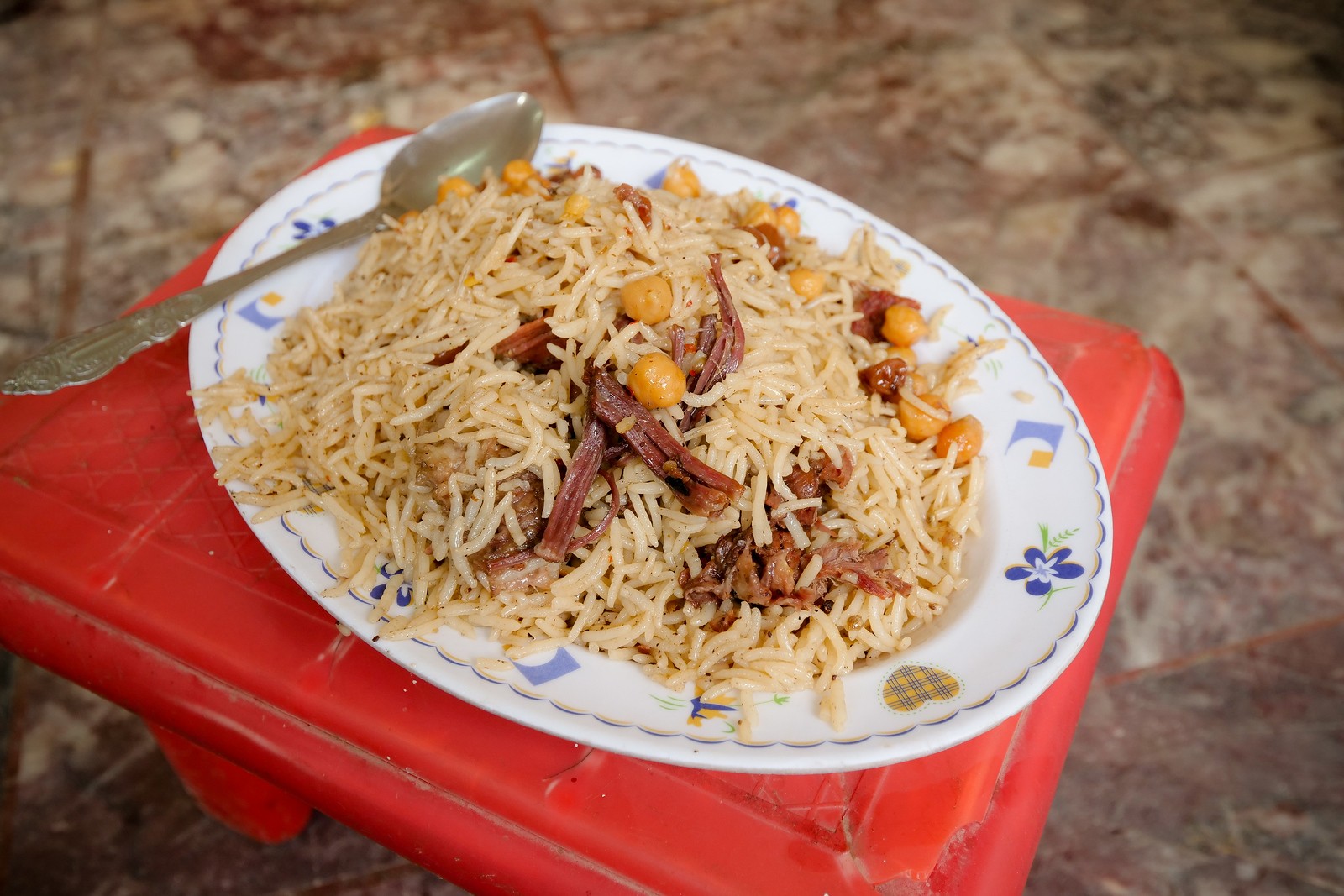
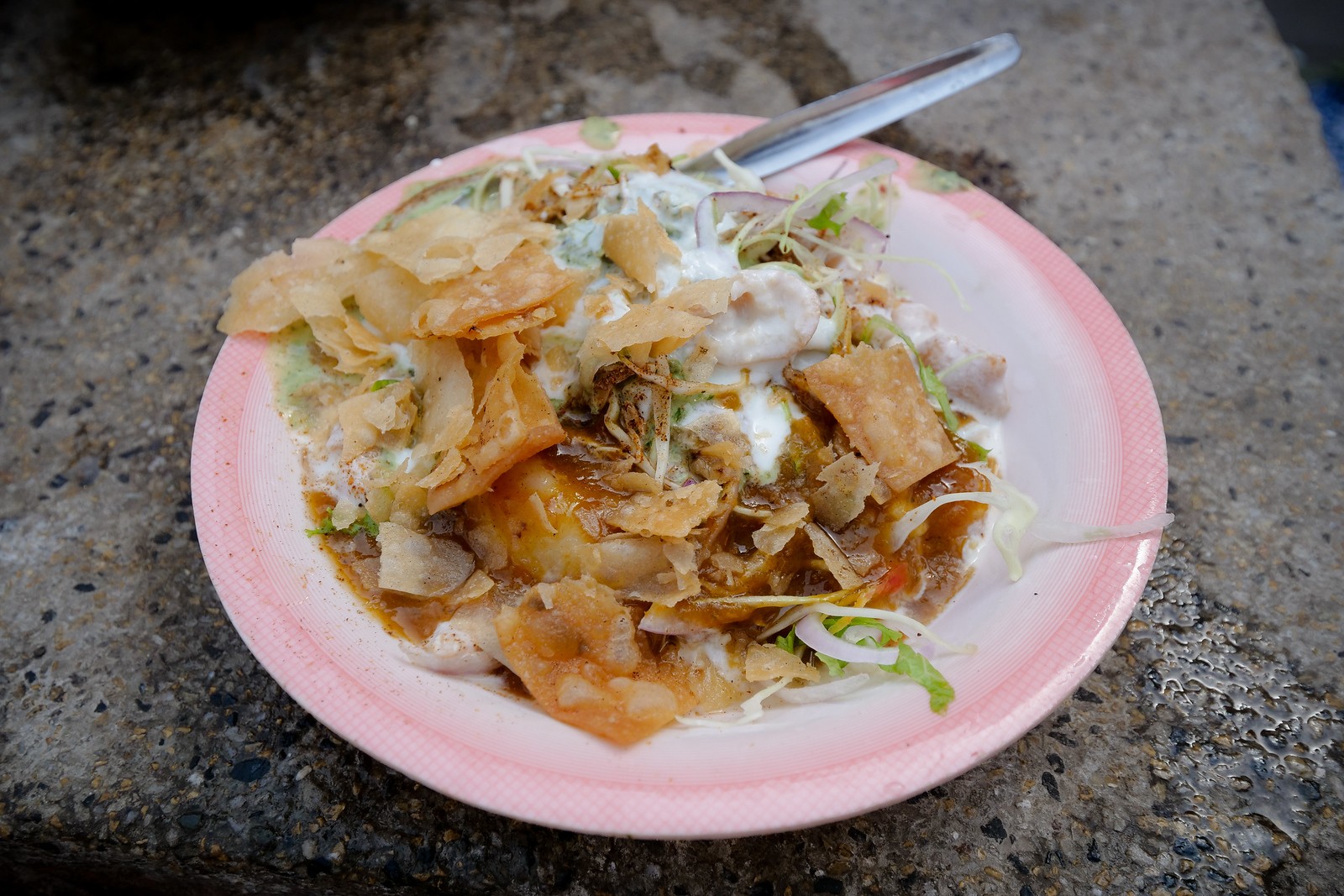

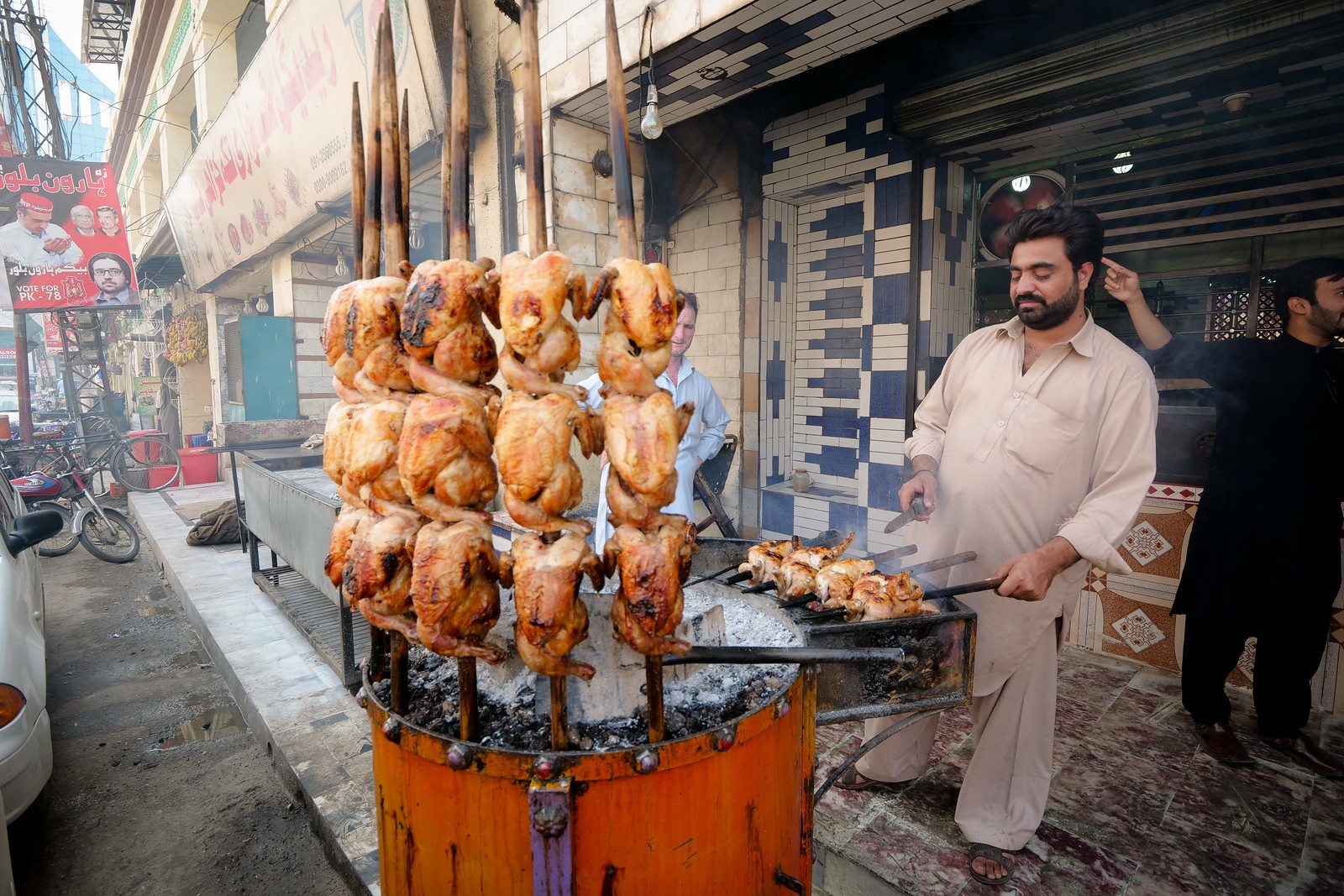
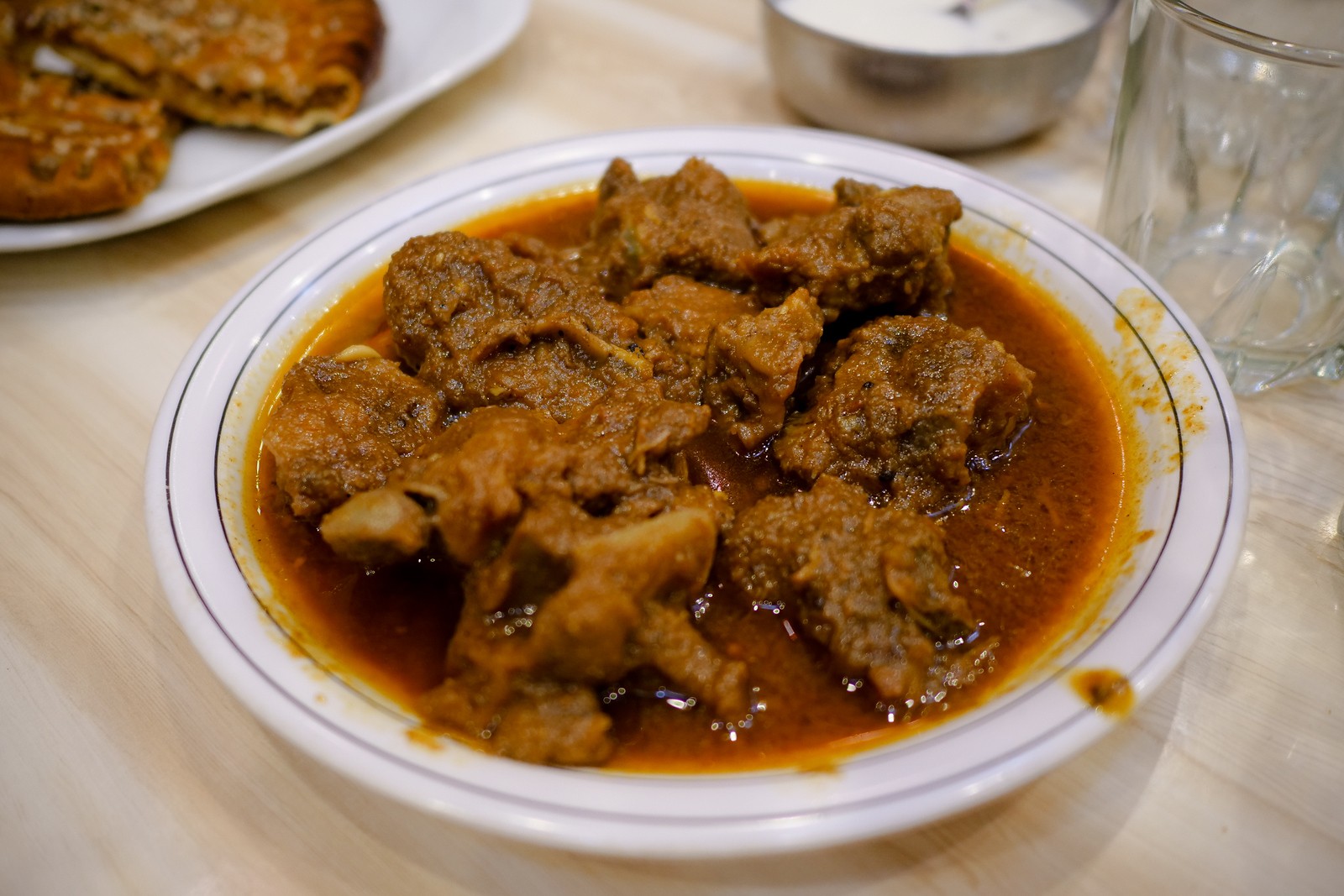
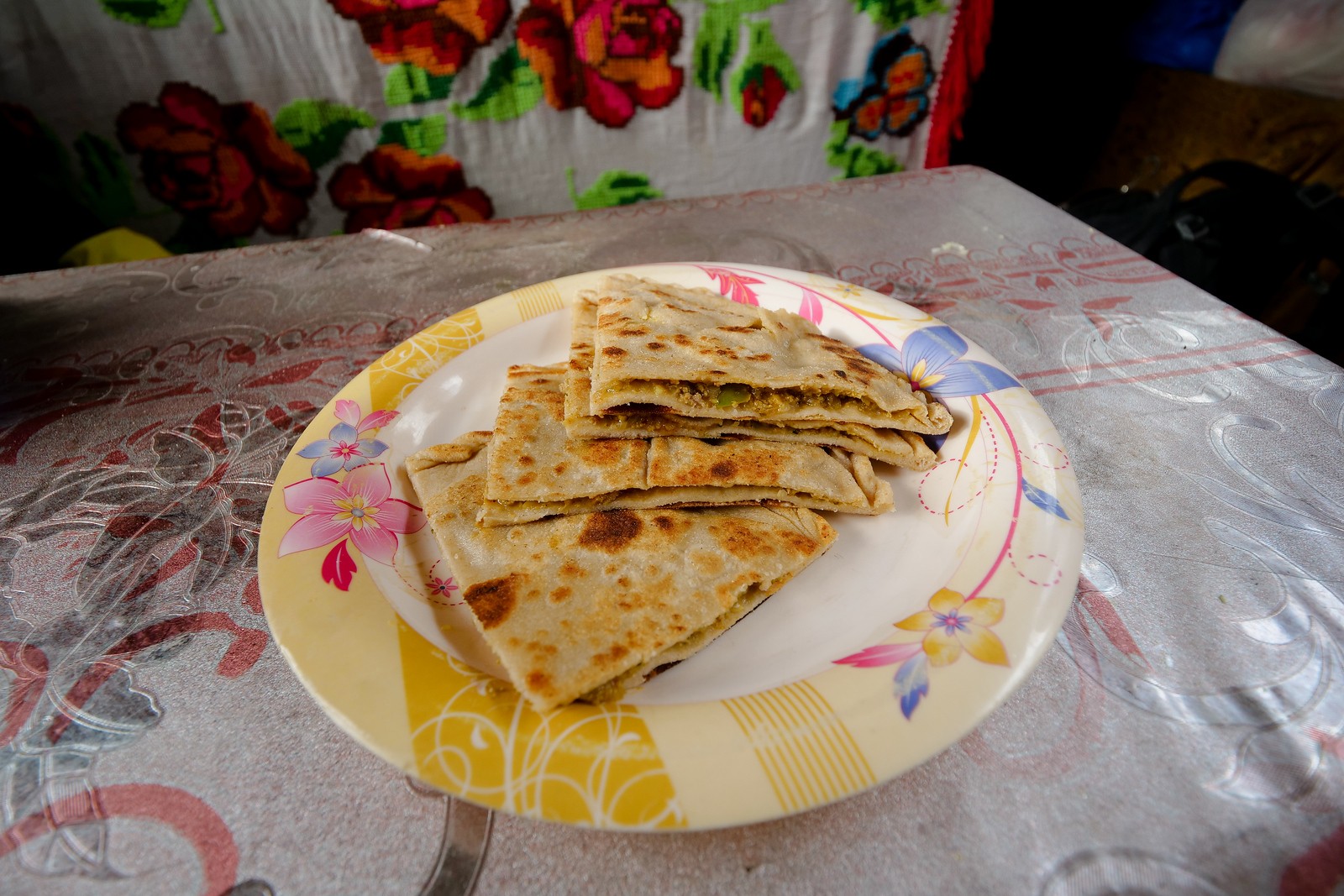
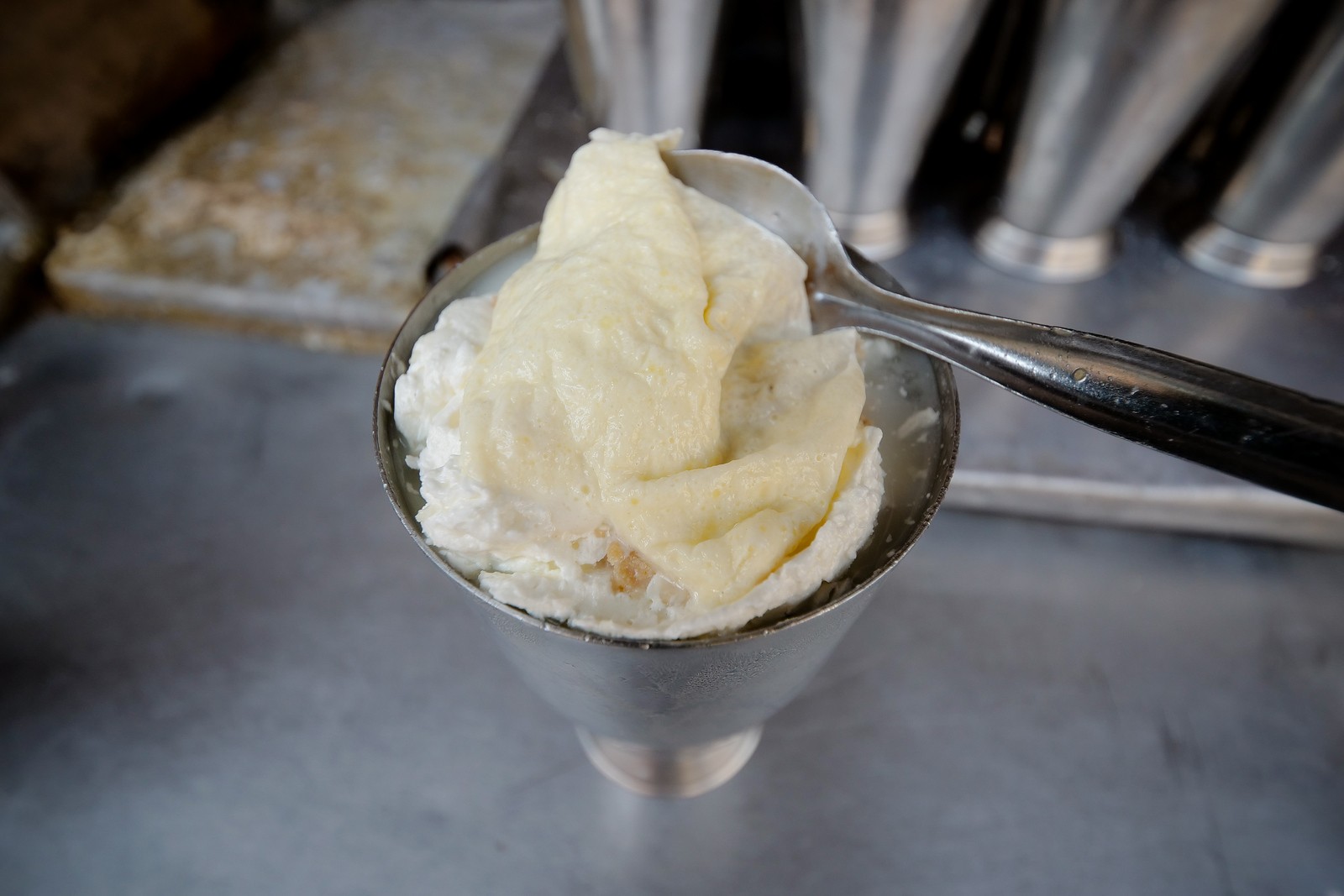
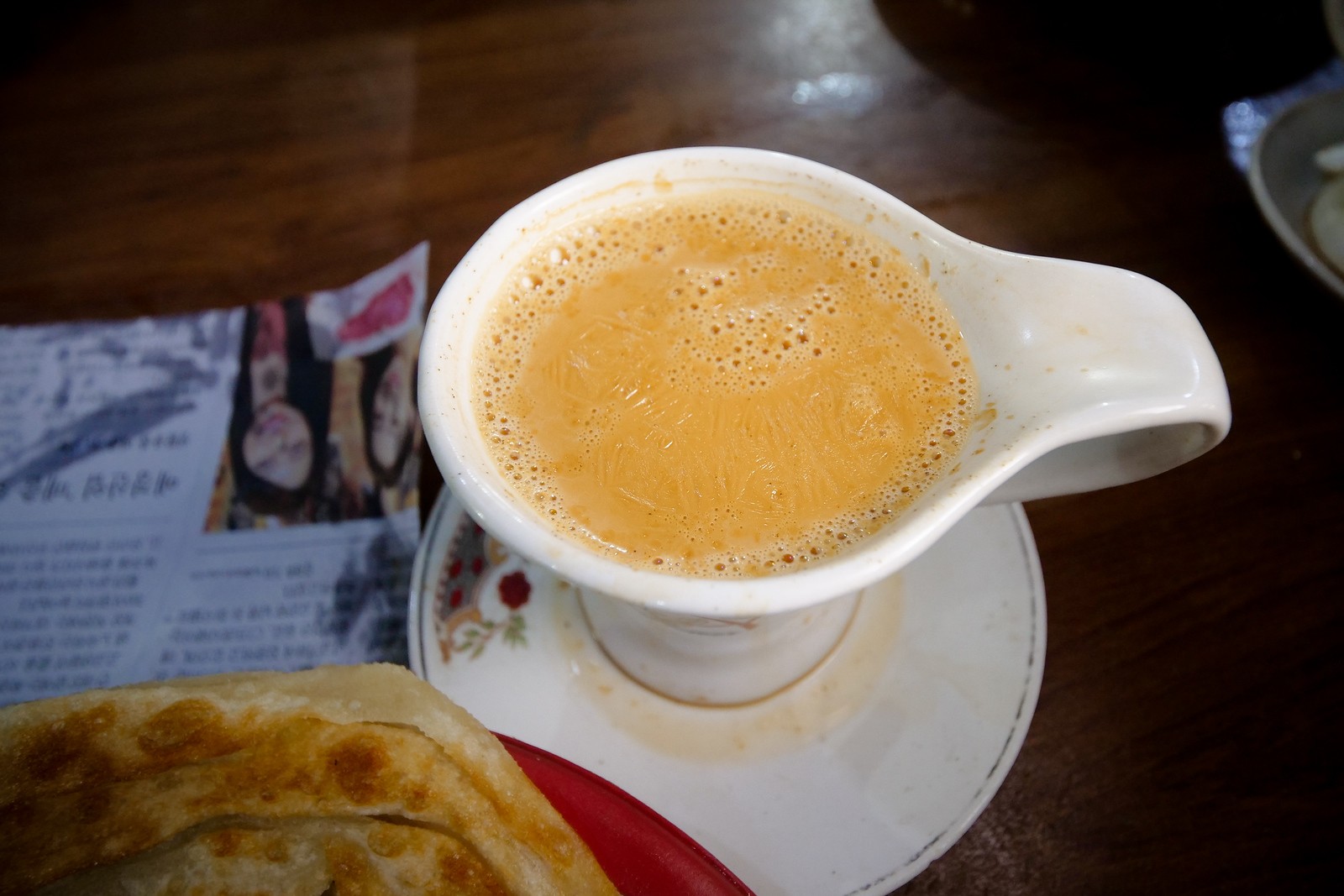
1.3. Historical Influences on Pakistani Food
Pakistani cuisine has been shaped by a variety of historical influences, reflecting the country’s position at the crossroads of civilizations.
- Mughal Influence: The Mughal Empire, which ruled the Indian subcontinent for centuries, left an indelible mark on Pakistani cuisine. Dishes like biryani, korma, and haleem showcase Mughal culinary techniques and flavors, characterized by rich sauces, aromatic spices, and the use of dried fruits and nuts.
- Persian and Central Asian Influence: Pakistan’s proximity to Persia and Central Asia has also influenced its cuisine. Dishes like Kabuli Pulao, which originated in Afghanistan, and the use of ingredients like saffron and pistachios, reflect these regional connections.
- British Colonial Influence: The British colonial period introduced certain European flavors and techniques to Pakistani cuisine. While not as pronounced as other influences, elements like bread-making and the use of certain spices show the impact of British rule.
- Local and Indigenous Traditions: Underlying all these influences are the local and indigenous culinary traditions of the various regions of Pakistan. These traditions, passed down through generations, contribute to the unique character of Pakistani food, emphasizing the use of local ingredients and time-honored cooking methods.
1.4. Health and Nutritional Aspects of Pakistani Cuisine
Pakistani food offers a range of nutritional benefits, provided it is consumed in moderation and with attention to balanced ingredients.
- Rich in Protein: Meat-based dishes like kebabs, karahi, and biryani are excellent sources of protein, essential for muscle building and overall health.
- Source of Vitamins and Minerals: The use of fresh vegetables, spices, and legumes in Pakistani cuisine provides a variety of vitamins and minerals, contributing to a well-rounded diet.
- Healthy Fats: Dishes prepared with ghee (clarified butter) contain healthy fats, which are beneficial for heart health when consumed in moderation.
- Fiber-Rich Options: Lentil-based dishes like dal and chickpea curries are high in fiber, aiding digestion and promoting gut health.
- Potential Health Concerns: Due to the heavy use of oil and spices, some Pakistani dishes can be high in calories and may not be suitable for individuals with certain health conditions. Balancing the diet with lighter, vegetable-based options is crucial.
Unlock the secrets of Pakistani cuisine with expert tips and detailed recipes on FOODS.EDU.VN. Learn how to balance flavors and ingredients for a healthy and authentic culinary experience.
2. Iconic Pakistani Dishes: A Culinary Exploration
Pakistani cuisine is celebrated for its diverse and flavorful dishes, each offering a unique taste of the country’s rich culinary heritage. Here are some of the most iconic dishes that every food enthusiast should explore.
2.1. Nihari: A Slow-Cooked Delicacy
Nihari is a slow-cooked stew, traditionally made with beef shank, that is simmered overnight with a blend of aromatic spices. This dish is a popular breakfast item, especially in Lahore and Karachi.
- Ingredients: Beef shank, wheat flour, ginger, garlic, chili powder, garam masala, and ghee.
- Cooking Process: The beef shank is slow-cooked in a pot with a mixture of spices, wheat flour, and water until the meat becomes incredibly tender and the broth thickens.
- Serving Suggestions: Nihari is typically garnished with fresh ginger, green chilies, and a squeeze of lemon juice. It is served with naan or roti, perfect for soaking up the flavorful broth.
- Cultural Significance: Nihari is believed to have originated in the royal kitchens of the Mughal Empire and has become a staple in Pakistani cuisine, symbolizing hospitality and tradition.
2.2. Biryani: Aromatic Rice Delight
Biryani is a mixed rice dish made with layers of fragrant basmati rice, marinated meat (usually chicken, lamb, or beef), and a blend of spices. It is a celebratory dish often served at weddings and special occasions.
- Ingredients: Basmati rice, meat (chicken, lamb, or beef), yogurt, onions, tomatoes, ginger, garlic, green chilies, and a variety of spices including saffron, cardamom, and cloves.
- Cooking Process: The meat is marinated in yogurt and spices, then layered with pre-cooked rice in a pot. The dish is then slow-cooked on low heat, allowing the flavors to meld together.
- Serving Suggestions: Biryani is typically served with raita (yogurt dip) and salad. Variations include Sindhi Biryani, which is spicier, and Bombay Biryani, which includes potatoes.
- Cultural Significance: Biryani is a symbol of Mughal influence on Pakistani cuisine and is enjoyed throughout the country as a festive and flavorful dish. The bone marrow biryani in Karachi is a must-try.
2.3. Karahi: A Fiery Wok Dish
Karahi is a spicy and flavorful dish cooked in a karahi (a type of wok). It is typically made with goat, chicken, or shrimp, and is characterized by its rich tomato-based sauce and bold spices.
- Ingredients: Meat (goat, chicken, or shrimp), tomatoes, onions, ginger, garlic, green chilies, and spices such as coriander, cumin, and garam masala.
- Cooking Process: The meat is cooked in a karahi with tomatoes, onions, and spices until it is tender and the sauce thickens. Ghee or oil is used generously to create a rich flavor.
- Serving Suggestions: Karahi is typically garnished with fresh cilantro and served with naan or roti. It is a popular dish in both restaurants and home kitchens.
- Regional Variations: Variations include Peshawari Karahi, which is less spicy and uses minimal tomatoes, and Shinwari Karahi, which is cooked only with meat, fat, and salt.
2.4. Kebab: Skewered Delights
Kebabs are a staple in Pakistani cuisine, featuring marinated meat that is grilled or roasted on skewers. They are enjoyed as appetizers, main courses, and street food.
- Ingredients: Minced meat (beef, lamb, or chicken), onions, ginger, garlic, green chilies, and a blend of spices.
- Cooking Process: The minced meat is mixed with spices and formed into skewers or patties. They are then grilled over charcoal or roasted in an oven until cooked through.
- Serving Suggestions: Kebabs are often served with naan, chutney, and salad. Popular varieties include Seekh Kebab, Chapli Kebab, and Shami Kebab.
- Regional Variations: Chapli Kebab, originating from Peshawar, is a must-try, known for its unique blend of spices and deep-fried preparation.
2.5. Haleem: Hearty and Nutritious Stew
Haleem is a hearty stew made with a combination of barley, wheat, lentils, and meat (usually beef or mutton). It is slow-cooked for hours until it reaches a thick, porridge-like consistency.
- Ingredients: Barley, wheat, lentils, meat (beef or mutton), onions, ginger, garlic, and a blend of spices.
- Cooking Process: The ingredients are slow-cooked together, often overnight, until the grains and meat break down and the stew thickens.
- Serving Suggestions: Haleem is typically garnished with fried onions, chopped cilantro, green chilies, and a squeeze of lemon juice. It is a popular dish during the month of Muharram.
- Cultural Significance: Haleem is a symbol of communal cooking and sharing, often prepared in large quantities and distributed among neighbors and friends.
2.6. Pulao: Fragrant Rice Dish
Pulao is a fragrant rice dish cooked with meat (usually chicken or mutton) or vegetables, and a blend of aromatic spices. It is similar to biryani but is generally milder in flavor.
- Ingredients: Basmati rice, meat (chicken or mutton) or vegetables, onions, ginger, garlic, and spices such as cardamom, cloves, and cinnamon.
- Cooking Process: The meat or vegetables are sautéed with spices, then cooked with rice in a pot with water or broth. The dish is simmered until the rice is cooked through and the flavors have melded.
- Serving Suggestions: Pulao is often served with raita (yogurt dip) and salad. Kabuli Pulao, a popular variation, includes carrots, raisins, and almonds.
- Cultural Significance: Pulao is a staple dish in Pakistani cuisine, often served at family gatherings and celebrations.
Craving authentic Pakistani recipes? FOODS.EDU.VN offers a comprehensive guide to these iconic dishes, complete with step-by-step instructions and insider tips to perfect your culinary skills.
3. Street Food Delights: A Taste of Pakistan
Pakistani street food is a vibrant and diverse culinary scene, offering a wide array of flavors and textures. From savory snacks to sweet treats, the streets of Pakistan are a food lover’s paradise.
3.1. Gol Gappa (Pani Puri): A Burst of Flavors
Gol Gappa, also known as Pani Puri, is a popular street food made from crispy, hollow puris filled with a mixture of flavored water, potatoes, chickpeas, and spices.
- Ingredients: Puris (small, hollow fried dough balls), flavored water (pani) made with mint, cilantro, and spices, boiled potatoes, chickpeas, onions, and tamarind chutney.
- Preparation: The puris are filled with the potato and chickpea mixture, then dipped in the flavored water and served immediately.
- Flavor Profile: Gol Gappa offers a burst of flavors, combining the crispy puri with the tangy, spicy, and sweet fillings.
- Regional Variations: Each region has its own variation of the flavored water, ranging from spicy to sweet and tangy.
3.2. Samosa: Crispy and Savory
Samosas are deep-fried or baked pastries filled with spiced potatoes, peas, and sometimes meat. They are a popular snack enjoyed throughout Pakistan.
- Ingredients: All-purpose flour, potatoes, peas, onions, green chilies, and spices such as cumin, coriander, and turmeric.
- Preparation: The filling is made by sautéing potatoes, peas, and spices. The mixture is then wrapped in a dough and deep-fried until golden brown.
- Flavor Profile: Samosas are crispy on the outside and savory on the inside, with a perfect balance of spices and textures.
- Serving Suggestions: Samosas are often served with mint chutney or tamarind chutney.
3.3. Chaat: Tangy and Spicy Snack
Chaat is a broad term for a variety of savory snacks that typically include a combination of sweet, sour, spicy, and tangy flavors.
- Ingredients: Common ingredients include chickpeas, potatoes, yogurt, tamarind chutney, mint chutney, onions, tomatoes, and crispy fried dough (papri).
- Popular Varieties:
- Dahi Bhalla: Lentil fritters soaked in yogurt and topped with chutneys.
- Aloo Tikki Chaat: Potato patties topped with yogurt, chutneys, and spices.
- Papri Chaat: Crispy fried dough topped with potatoes, chickpeas, yogurt, and chutneys.
- Flavor Profile: Chaat offers a complex and satisfying flavor profile, with a combination of textures and tastes that appeal to a wide range of palates.
- Regional Variations: Each region has its own unique chaat variations, reflecting local ingredients and flavors.
3.4. Bun Kebab: Pakistani Burger
Bun Kebab is a popular street food item, often referred to as a Pakistani burger. It consists of a spiced lentil or meat patty served in a bun with chutney, onions, and other toppings.
- Ingredients: Lentil or meat patty, buns, onions, chutney (mint or tamarind), and spices.
- Preparation: The lentil or meat patty is fried and placed inside a bun with chutney, onions, and other toppings.
- Flavor Profile: Bun Kebab offers a delicious combination of savory and spicy flavors, with a satisfying texture from the patty and the soft bun.
- Serving Suggestions: It’s a quintessential Karachi experience to enjoy Bun Kebabs as an afternoon snack, complemented by a side of mint chutney.
3.5. Dahi Puri: Crispy Shells with Yogurt and Chutney
Dahi Puri is a popular street food snack made from small, round puris (crispy shells) filled with a mixture of potatoes, chickpeas, yogurt, and chutneys.
- Ingredients: Puris, potatoes, chickpeas, yogurt, mint chutney, tamarind chutney, and spices.
- Preparation: The puris are filled with the potato and chickpea mixture, then topped with yogurt and chutneys.
- Flavor Profile: Dahi Puri offers a delightful combination of sweet, sour, and tangy flavors, with a creamy and crunchy texture.
- Serving Suggestions: It is often garnished with sev (crispy noodles) and cilantro.
3.6. Halwa Puri: A Sweet and Savory Breakfast
Halwa Puri is a traditional Pakistani breakfast consisting of puri (deep-fried flatbread) served with halwa (a sweet semolina pudding) and chickpea curry.
- Ingredients: Puri (all-purpose flour, oil), Halwa (semolina, sugar, ghee, cardamom), and Chickpea curry (chickpeas, onions, tomatoes, spices).
- Preparation: The puri is deep-fried until golden brown and puffed up. The halwa is made by sautéing semolina in ghee and then cooking it with sugar and water. The chickpea curry is prepared with chickpeas, onions, tomatoes, and spices.
- Flavor Profile: Halwa Puri offers a unique combination of sweet, savory, and rich flavors, making it a satisfying breakfast.
- Cultural Significance: It is a popular breakfast choice, known for causing feelings of extreme satisfaction.
Ready to explore the vibrant street food scene of Pakistan? FOODS.EDU.VN provides you with the knowledge to identify and prepare these delicious snacks, bringing the taste of the streets to your home.
4. Regional Specialties: Exploring Pakistan’s Culinary Diversity
Pakistan’s diverse regions offer a wealth of unique culinary traditions, each reflecting local ingredients, cooking styles, and cultural influences.
4.1. Peshawari Cuisine (Khyber Pakhtunkhwa): A Meat Lover’s Paradise
Peshawari cuisine, from the Khyber Pakhtunkhwa province, is known for its meat-centric dishes, simple spices, and emphasis on grilling and roasting.
- Key Dishes:
- Chapli Kebab: Spiced minced meat patties, deep-fried to perfection.
- Peshawari Karahi: A tomato-based meat dish cooked in a karahi.
- Kabuli Pulao: A fragrant rice dish with carrots, raisins, and almonds.
- Sajji: Roasted meat (usually chicken or lamb) marinated with minimal spices.
- Flavor Profile: The cuisine emphasizes the natural flavors of the meat, with minimal use of spices.
- Cooking Techniques: Grilling and roasting over charcoal are common cooking methods.
4.2. Lahori Cuisine (Punjab): Rich and Buttery Flavors
Lahori cuisine, from the Punjab province, is characterized by its rich, buttery flavors, use of dairy and wheat, and emphasis on tandoor cooking.
- Key Dishes:
- Sarson ka Saag: Mustard greens cooked with spices and served with makki di roti (cornbread).
- Chicken Karahi: A spicy chicken dish cooked in a karahi with tomatoes and spices.
- Nihari: A slow-cooked beef stew, typically eaten for breakfast.
- Lassi: A yogurt-based drink, sweet or salty.
- Flavor Profile: The cuisine is rich and flavorful, with a generous use of butter and spices.
- Cooking Techniques: Tandoor cooking is common, with dishes like naan and tandoori chicken being popular.
4.3. Sindhi Cuisine (Sindh): Spicy and Seafood-Influenced
Sindhi cuisine, from the Sindh province, is known for its spicy flavors, use of seafood, and vibrant and tangy tastes.
- Key Dishes:
- Sindhi Biryani: A spicier version of biryani, often with potatoes and dried plums.
- Sai Bhaji: A spinach and lentil stew, often served with rice.
- Sindhi Curry: A tangy and spicy curry made with vegetables and gram flour.
- Pallo Machi: Fried or grilled fish, often marinated with spices.
- Flavor Profile: The cuisine is characterized by its spicy and tangy flavors.
- Cooking Techniques: Seafood dishes are common, reflecting the province’s coastal location.
4.4. Balochi Cuisine (Balochistan): Nomadic Influences and Simple Flavors
Balochi cuisine, from the Balochistan province, reflects nomadic influences with its emphasis on slow-cooked meats and minimal spices.
- Key Dishes:
- Kaak: A traditional bread baked in a tandoor.
- Dumpukht: Meat cooked in a sealed pot over low heat.
- Sajji: Roasted meat (usually lamb or chicken) marinated with minimal spices.
- Flavor Profile: The cuisine emphasizes the natural flavors of the meat, with minimal use of spices.
- Cooking Techniques: Slow-cooking and roasting are common cooking methods.
4.5. Gilgit-Baltistani Cuisine (Gilgit-Baltistan): Central Asian Influences
Gilgit-Baltistani cuisine, from the Gilgit-Baltistan region, is influenced by Central Asian flavors and features hearty stews, dumplings, and the use of wheat and local grains.
- Key Dishes:
- Mamtu: Steamed dumplings filled with meat and vegetables.
- Gyal: Buckwheat pancakes filled with apricot oil and other ingredients.
- Balay (Noodle Soup): A hearty noodle soup with meat and vegetables.
- Dowdo: A thick creamy soup full of wheat noodles and mustard greens.
- Flavor Profile: The cuisine is hearty and comforting, with influences from Central Asian flavors.
- Cooking Techniques: Steaming, stewing, and frying are common cooking methods.
Delve deeper into Pakistan’s regional culinary traditions with FOODS.EDU.VN. Discover unique recipes, local ingredients, and cultural insights that will enrich your understanding and appreciation of Pakistani food.
5. Desserts and Beverages: Sweet Endings and Refreshments
Pakistani cuisine offers a delightful array of desserts and beverages that complement the savory dishes and provide a perfect ending to any meal.
5.1. Kheer: Creamy Rice Pudding
Kheer is a traditional rice pudding made with rice, milk, sugar, and flavored with cardamom, nuts, and saffron.
- Ingredients: Rice, milk, sugar, cardamom, almonds, pistachios, and saffron.
- Preparation: The rice is cooked in milk until it thickens, then sugar and flavorings are added. The kheer is garnished with nuts and saffron.
- Flavor Profile: Kheer is creamy, sweet, and aromatic, with a rich and comforting flavor.
- Serving Suggestions: It is served chilled and is a popular dessert at festivals and celebrations.
5.2. Gulab Jamun: Sweet Milk Balls
Gulab Jamun are deep-fried milk balls soaked in sugar syrup, flavored with cardamom and rosewater.
- Ingredients: Milk powder, all-purpose flour, baking soda, sugar, cardamom, and rosewater.
- Preparation: The milk powder and flour are mixed and formed into small balls, which are deep-fried until golden brown. The balls are then soaked in sugar syrup.
- Flavor Profile: Gulab Jamun are soft, spongy, and incredibly sweet, with a delicate aroma of cardamom and rosewater.
- Serving Suggestions: They are served warm or at room temperature and are a popular dessert at weddings and parties.
5.3. Jalebi: Crispy and Syrupy
Jalebi is a deep-fried sweet made from a fermented batter, shaped into intricate spirals, and soaked in sugar syrup.
- Ingredients: All-purpose flour, yogurt, baking soda, sugar, saffron, and cardamom.
- Preparation: The batter is fermented and then piped into hot oil in spiral shapes. The jalebi are fried until crispy and then soaked in sugar syrup.
- Flavor Profile: Jalebi are crispy, syrupy, and tangy, with a unique texture and flavor.
- Serving Suggestions: They are served warm and are often enjoyed with milk or rabri (a thickened milk dessert).
5.4. Lassi: Refreshing Yogurt Drink
Lassi is a traditional yogurt-based drink, sweet or salty, flavored with spices or fruits.
- Ingredients: Yogurt, milk or water, sugar or salt, and flavorings such as cardamom, mint, or mango.
- Preparation: The ingredients are blended together until smooth and frothy.
- Flavor Profile: Lassi can be sweet, salty, or fruity, offering a refreshing and cooling effect.
- Popular Varieties:
- Sweet Lassi: Flavored with sugar and cardamom.
- Salt Lassi: Flavored with salt and cumin.
- Mango Lassi: Flavored with mango pulp.
5.5. Dud Pathi: Milk Tea
Dud Pathi is a traditional Pakistani milk tea made with black tea leaves and milk.
- Ingredients: Milk, tea leaves, sugar, and cardamom.
- Preparation: Milk is boiled with tea leaves and sugar, then strained and served hot.
- Flavor Profile: Dud Pathi is creamy, rich, and aromatic, with a comforting and warming effect.
- Cultural Significance: It is a staple beverage in Pakistani households, enjoyed at any time of the day. Dud Pathi also might be worth considering as a National Food of Pakistan.
Satisfy your sweet tooth and quench your thirst with FOODS.EDU.VN’s guide to Pakistani desserts and beverages. Learn how to make these delightful treats and refreshing drinks at home, adding a sweet touch to your culinary journey.
6. Cooking Techniques and Tips for Authentic Pakistani Food
Mastering Pakistani cuisine involves understanding key cooking techniques and tips that bring out the authentic flavors of each dish.
6.1. The Importance of Spices
Spices are the heart and soul of Pakistani cooking. Learning how to use them correctly is essential for achieving authentic flavors.
- Roasting Spices: Roasting whole spices before grinding them enhances their aroma and flavor.
- Using Fresh Spices: Freshly ground spices have a more potent flavor than pre-ground spices.
- Balancing Spices: Understanding how to balance different spices to create a harmonious flavor profile is crucial.
6.2. Slow Cooking for Rich Flavors
Many Pakistani dishes, such as Nihari and Haleem, require slow cooking to develop rich and complex flavors.
- Benefits of Slow Cooking: Slow cooking allows the flavors of the ingredients to meld together and the meat to become incredibly tender.
- Techniques for Slow Cooking: Using a slow cooker or a heavy-bottomed pot on low heat can help achieve the desired results.
6.3. The Art of Marination
Marinating meat is a key step in many Pakistani dishes, allowing the flavors to penetrate the meat and tenderize it.
- Ingredients for Marination: Common ingredients for marination include yogurt, ginger, garlic, lemon juice, and spices.
- Duration of Marination: The longer the meat is marinated, the more flavorful and tender it will become.
6.4. Using Ghee for Richness
Ghee (clarified butter) is a staple in Pakistani cooking, adding richness and flavor to many dishes.
- Benefits of Using Ghee: Ghee has a higher smoke point than butter and adds a distinct flavor to Pakistani dishes.
- Making Ghee at Home: Ghee can be easily made at home by simmering butter until the milk solids separate and the butter turns golden brown.
6.5. Tandoor Cooking: The Traditional Way
Tandoor cooking, using a clay oven called a tandoor, is a traditional method for cooking dishes like naan, roti, and tandoori chicken.
- Benefits of Tandoor Cooking: Tandoor cooking imparts a smoky flavor and unique texture to the food.
- Replicating Tandoor Flavors: While a tandoor may not be available, you can replicate the flavors by grilling or baking at high temperatures.
6.6. Mastering Roti and Naan
Roti and Naan are staple flatbreads in Pakistani cuisine, and mastering the techniques to make them is essential.
- Roti: Made from whole wheat flour, rolled thin, and cooked on a griddle (tawa).
- Naan: Made from all-purpose flour, leavened with yeast, and traditionally cooked in a tandoor.
- Tips for Soft Roti and Naan: Kneading the dough well and using the right amount of moisture are key to making soft and pliable roti and naan.
Elevate your Pakistani cooking skills with FOODS.EDU.VN’s expert techniques and tips. Learn how to master the art of spice blending, slow cooking, marination, and more, bringing authentic flavors to your kitchen.
7. The Cultural Significance of Pakistani Food
Pakistani food is deeply intertwined with the country’s culture and traditions, playing a central role in social gatherings, celebrations, and everyday life.
7.1. Food as a Symbol of Hospitality
In Pakistani culture, offering food to guests is a sign of respect and hospitality. Sharing a meal is a way to strengthen bonds and build relationships.
- Traditional Practices: Guests are often offered a variety of dishes, and it is considered polite to accept and try everything that is offered.
- Hosting Meals: Hosting a meal is an important part of Pakistani culture, with hosts taking pride in preparing and serving delicious food to their guests.
7.2. Food in Festivals and Celebrations
Food plays a central role in Pakistani festivals and celebrations, with specific dishes associated with different occasions.
- Eid: During Eid, sweet dishes like kheer, sheer khurma (vermicelli pudding), and seviyan (sweet vermicelli) are traditionally served.
- Weddings: Weddings are elaborate affairs with a wide array of dishes, including biryani, karahi, kebabs, and desserts.
- Muharram: Haleem is a popular dish prepared and distributed during the month of Muharram.
7.3. Family Traditions and Recipes
Many Pakistani families have their own unique recipes and cooking traditions that have been passed down through generations.
- Passing Down Recipes: Grandmothers and mothers often play a key role in teaching younger generations how to cook traditional dishes.
- Family Gatherings: Family gatherings often revolve around food, with everyone contributing to the preparation and enjoyment of the meal.
7.4. Food and Social Gatherings
Food is an integral part of social gatherings in Pakistan, bringing people together to share stories, laughter, and delicious meals.
- Community Meals: Community meals, such as langar (free kitchen) in Sikh temples and food distribution during religious events, are common.
- Street Food Culture: Street food stalls and carts are popular gathering spots, offering a variety of affordable and delicious snacks.
7.5. The Role of Food in Pakistani Identity
Pakistani cuisine plays a significant role in shaping the country’s cultural identity, reflecting its history, diversity, and traditions.
- Culinary Heritage: The preservation and promotion of Pakistani cuisine are seen as important for maintaining cultural heritage.
- Cultural Pride: Pakistanis take pride in their culinary traditions and enjoy sharing their food with others.
- Food as a Bridge: Pakistani food serves as a bridge between different communities and cultures, fostering understanding and appreciation.
Discover the rich cultural tapestry woven into Pakistani food with foods.edu.vn. Learn how food reflects the country’s traditions, hospitality, and identity, adding depth to your culinary exploration.
8. Exploring Pakistani Food Beyond Borders
Pakistani food has gained popularity around the world, with Pakistani restaurants and chefs showcasing the country’s diverse culinary offerings.
8.1. Pakistani Restaurants Around the World
Pakistani restaurants can be found in many major cities around the world, offering a taste of home to the Pakistani diaspora and introducing Pakistani cuisine to new audiences.
- Popular Dishes: Common dishes served in Pakistani restaurants include biryani, karahi, kebabs, and naan.
- Authenticity: Many Pakistani restaurants strive to maintain the authenticity of their dishes, using traditional recipes and ingredients.
- Fusion Cuisine: Some Pakistani restaurants also offer fusion dishes, blending Pakistani flavors with international cuisine.
8.2. Pakistani Chefs and Culinary Ambassadors
Pakistani chefs and culinary ambassadors are playing a key role in promoting Pakistani cuisine on the global stage.
- Showcasing Pakistani Food: Chefs are showcasing Pakistani food through cooking demonstrations, food festivals, and culinary competitions.
- Promoting Authentic Recipes: They are also promoting authentic recipes and cooking techniques, helping to preserve Pakistani culinary heritage.
- Innovating and Experimenting: Some chefs are innovating and experimenting with Pakistani cuisine, creating new and exciting dishes.
8.3. Pakistani Food Blogs and Online Communities
Pakistani food blogs and online communities are providing a platform for sharing recipes, tips, and stories about Pakistani cuisine.
- Sharing Recipes and Tips: Bloggers and community members are sharing their favorite recipes and cooking tips, helping others to learn how to cook Pakistani food.
- Preserving Culinary Heritage: They are also helping to preserve Pakistani culinary heritage by documenting traditional recipes and cooking techniques.
- Connecting with Others: Online communities provide a space for people to connect with others who share a passion for Pakistani food.
8.4. The Influence of Pakistani Food on Global Cuisine
Pakistani food has influenced global cuisine, with some dishes and ingredients gaining popularity in other cultures.
- Biryani: Biryani is a well-known and loved dish throughout the world.
- Spices: Pakistani spices such as cumin, coriander